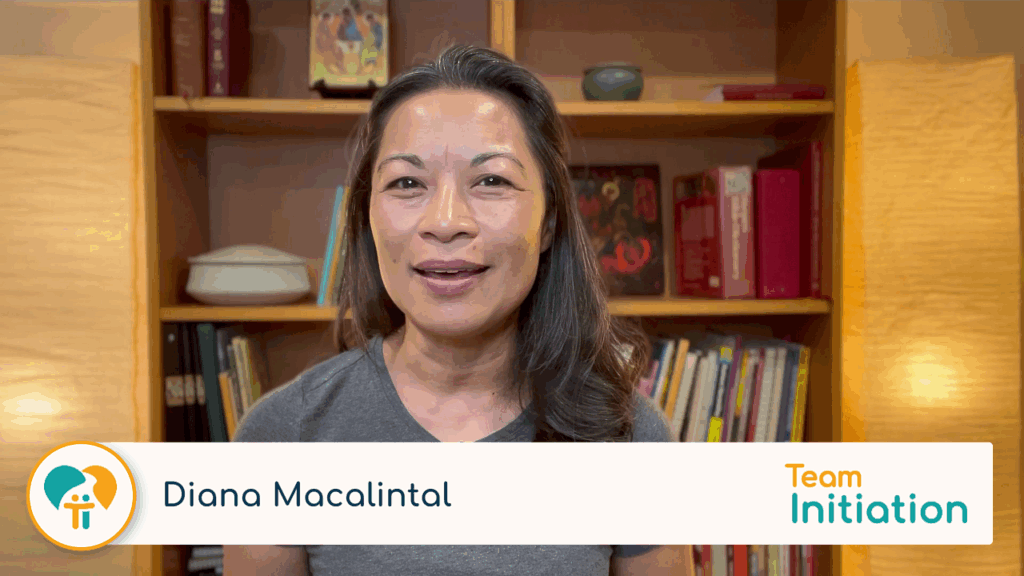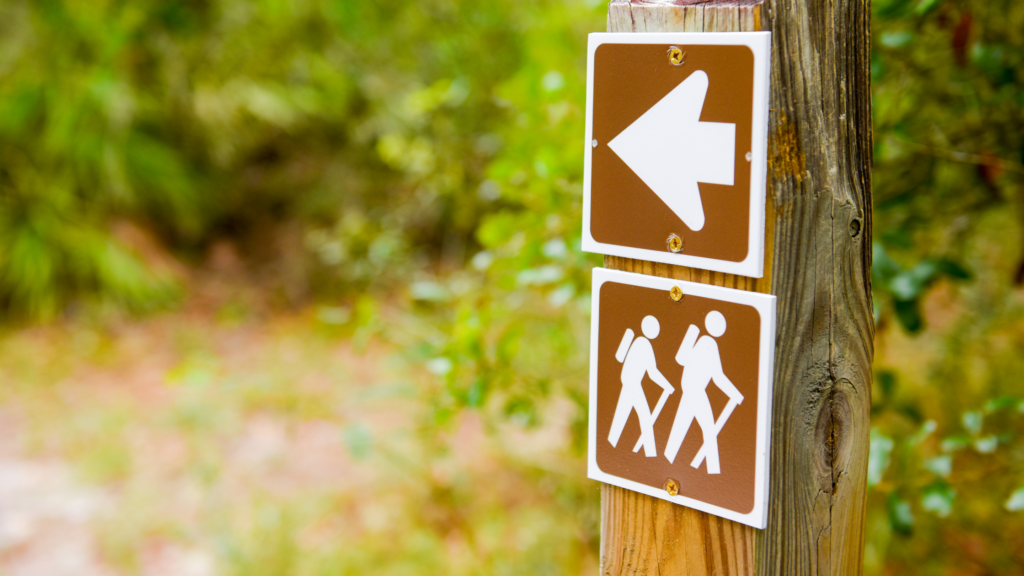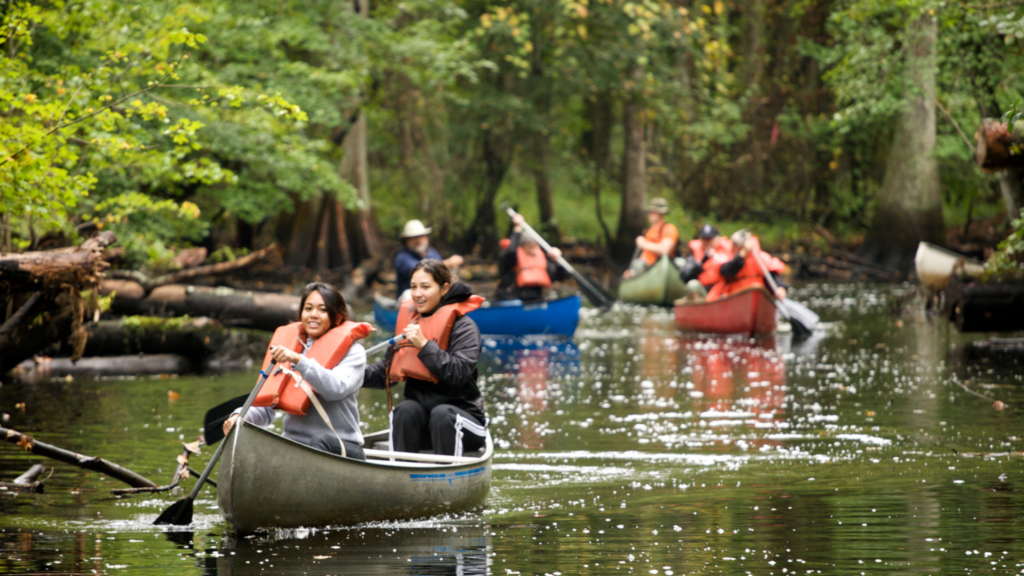
I recently saw someone ask on social media what resource they should use for catechizing their seekers. Within minutes, there were many replies listing catechisms, textbooks, handouts, and video series.
But no one mentioned the single most powerful formation tool we have — celebrating the liturgical year.
Celebrating the liturgical year with your seekers is, hands down, the most powerful tool we have for forming seekers in the faith. By fully immersing catechumens and candidates into the seasons, feasts, prayers, and celebrations, you will be facilitating an ongoing, intimate encounter with the living Christ versus just intellectual learning. The church teaches that over the course of the liturgical year, the full mystery of Christ is revealed. No textbook or video series or even the Catechism can match the power of the liturgy unfolding that mystery Sunday to Sunday.
Why do catechists need to focus on the liturgical year?
You may wonder, if they are spending so much time in the liturgy, when will they learn the doctrines? The liturgy itself is the privileged place for the revelation of doctrine.
Cardinal William Levada, when he was prefect for the Congregation for the Doctrine of the Faith, quoted theologian Jeremy Driscoll, OSB:
I am claiming that these doctrines are the deepest sense of Scriptures and that this deepest sense was discovered precisely when the Scriptures were proclaimed in the liturgical assembly and when the Scriptures became sacrament in the eucharistic rite. (February 12, 2008)
And Cardinal Arthur Roche, Prefect of the Vatican’s Dicastery for Divine Worship and the Discipline of the Sacraments, said:
All the prayers that constitute the celebration of the liturgy on Sunday are mainly from the Sacred Scripture. Nearly always, nearly every word, nearly every nuance, is coming from Scripture or from the Teaching of the Fathers of the Church. So that itself, when you go to Mass, you’re receiving the doctrine of the Church. (June 16, 2022)
And Pope Francis is very clear on that point. He teaches:
On the lips of the catechist the first proclamation must ring out over and over: “Jesus Christ loves you; he gave his life to save you; and now he is living at your side every day to enlighten, strengthen and free you…
We must not think that in catechesis the kerygma gives way to a supposedly more “solid” formation. Nothing is more solid, profound, secure, meaningful and wisdom-filled than that initial proclamation. All Christian formation consists of entering more deeply into the kerygma, which is reflected in and constantly illumines, the work of catechesis, thereby enabling us to understand more fully the significance of every subject which the latter treats. (Joy of the Gospel, 164165)
If “all Christian formation consists of entering more deeply into the kerygma,” how do we do that? Again, our fullest option is celebrating the liturgical year as it unfolds for us in deeper and deeper ways that “first proclamation” that Jesus Christ loves us. Advent, Christmas, Lent, the Triduum, Easter, Ordinary Time each teach us all the ways in which Jesus is living at our side every day. By accompanying seekers through the liturgical year, their journey of faith comes alive through their active participation in the mystery of Christ.
By accompanying seekers through the liturgical year, their journey of faith comes alive through their active participation in the mystery of Christ.
What does this mean for catechists?
For catechists, this means tapping into the power of ritual, scripture, tradition, and the sensual aspects of the seasons to imprint the mysteries of salvation history onto the hearts of seekers. Then using mystagogical reflection, discussion, and integration of the seekers into the life of the Christian community, the seekers learn how to live as missionary disciples. This is the mystagogical method in action.
For example, during Advent, we encounter Christ in waiting in hope. We encounter the mystery of the eschaton or the judgement of the “last days.” We are immersed in themes of baptism, conversion, incarnation, and messiahship. We discover Mary as the first disciple and God as the maker and keeper of promises or covenant. We discover Jesus as the liberator from sin and champion of the poor and vulnerable. We learn about Joseph, the dreamer of dreams and the teaching that Jesus is Lord, the divine Son of God.
And that’s just off the top of my head. And just Advent!
No matter the season, the liturgical year transforms us, gradually, step-by-step, into disciples of Jesus. Opportunities abound to connect seekers to the mystery of Christ and how that is revealed in and throughout the celebrations of the year.
What catechists can start doing today
What are some practical tips for centering formation on the liturgical year?
- Require participation in Sunday Liturgy of Word
- Use lectionary readings as scriptural content
- Know and emphasize the prayers, colors, music, and feasts of each season
- Incorporate seasonal traditions and devotions into your catechetical sessions
- Use mystagogical reflection to process experiences
- Plan retreats focused on the liturgical seasons
- Make sure your seekers have a calendar of the liturgical year
The benefits of accommodating catechesis to the liturgical year are immense. Seekers encounter the living God in the midst of the community through the yearlong revelation of salvation history. Their hearts and minds are formed holistically through active participation in the liturgy. Learning becomes dynamic. Relationship with Christ deepens. And full initiation becomes a joyful, communal process of conversion.
The liturgical year is the primary place to encounter the kerygma that “Jesus Christ loves you.” No resource can match its power to form disciples.
Learn more
We’re going to go much deeper into how to use the liturgical year as your primary formation tool in our next webinar. Registration is free, and we’d love to have you join us.
Can you help me out?
I’d love to know how this is landing. Can you share a word or a phrase about how this article resonates with you? Does it speak to your experience? Share your thoughts in the comments box below. Thanks for being part of the conversion!


















This is spot on. We need to unlock this resource!
It’s the gift that keeps giving, as they will revisit these rich seasons every year.
Thanks Rita! We keep on fighting the good fight.
This is precisely what I have been trying to teach and model for our assembly, staff, pastors and Initiation Team for decades! Thank you for putting all these quotations in one place and for making the heart of the process crystal clear!
Thanks for your comment Mel. You are truly a blessing to your community!
Perfect. It is a giant change for me but your presentation is compelling, as is the Holy Spirit! I’ve been using it for 4 weeks and I’m rapidly getting the hang of it and feeling comfortable . Our priests and other catechists are enthused with this approach. Amen. tom
Hi Tom. I am so encouraged by your enthusiasm! Blessings on your ministry.